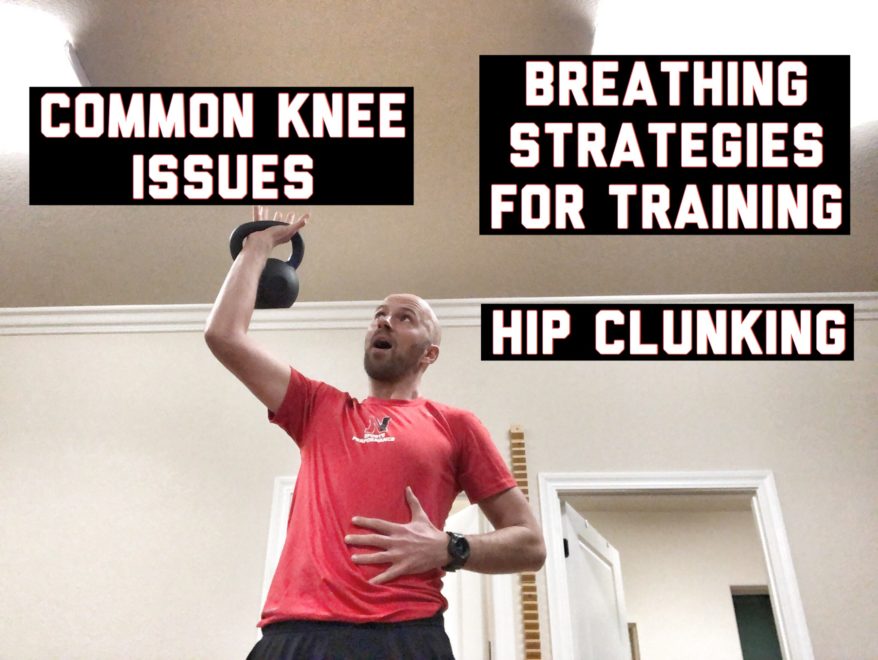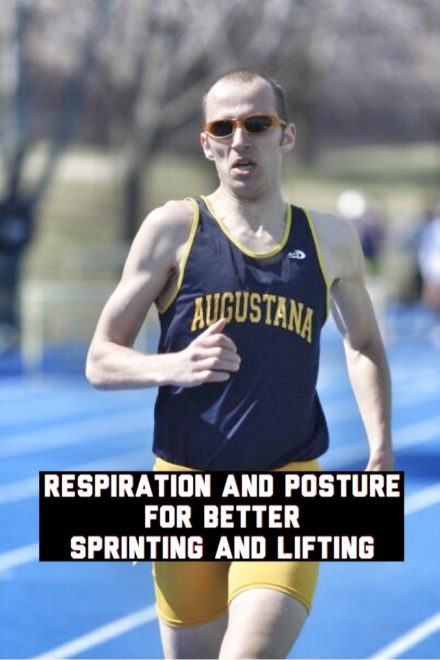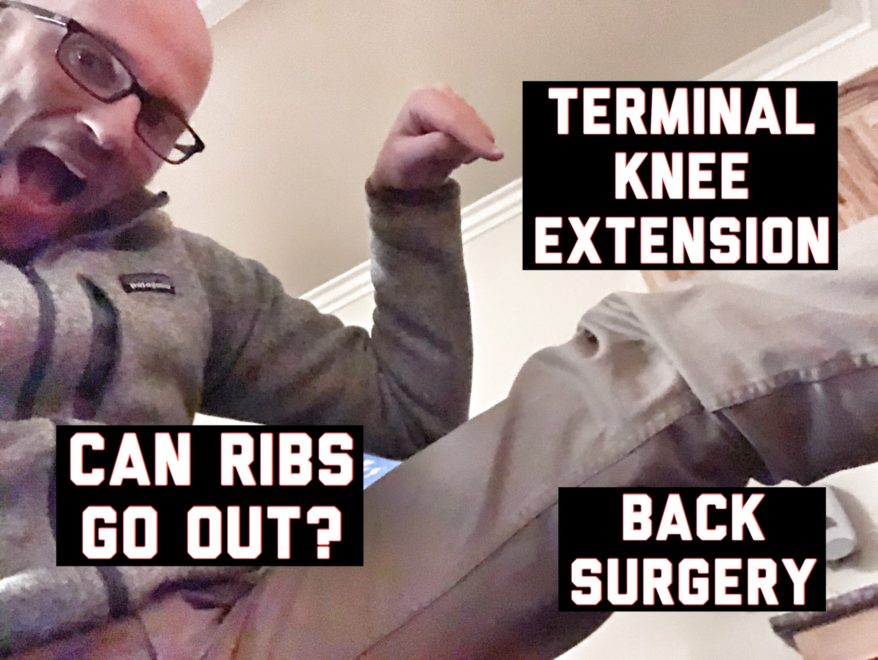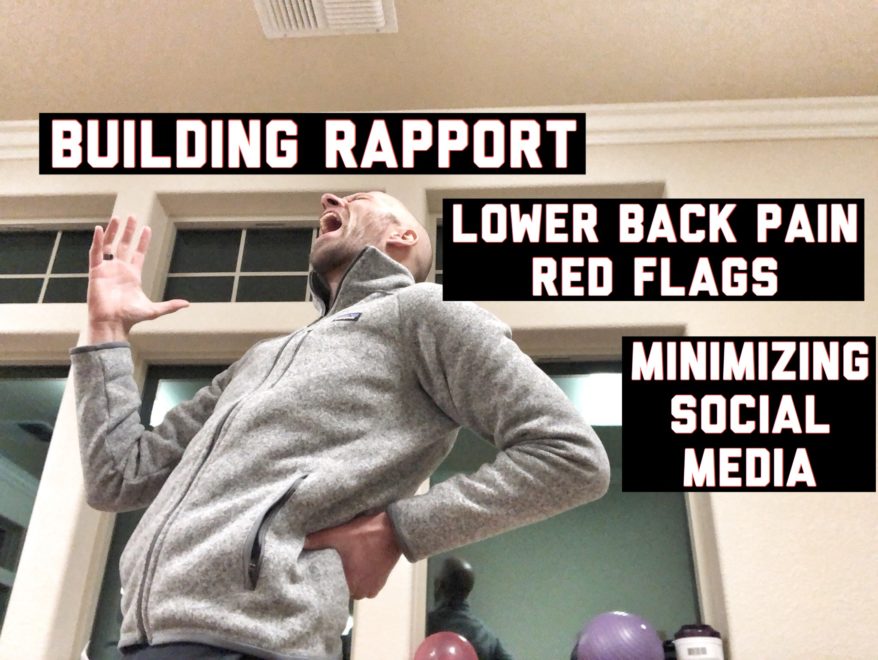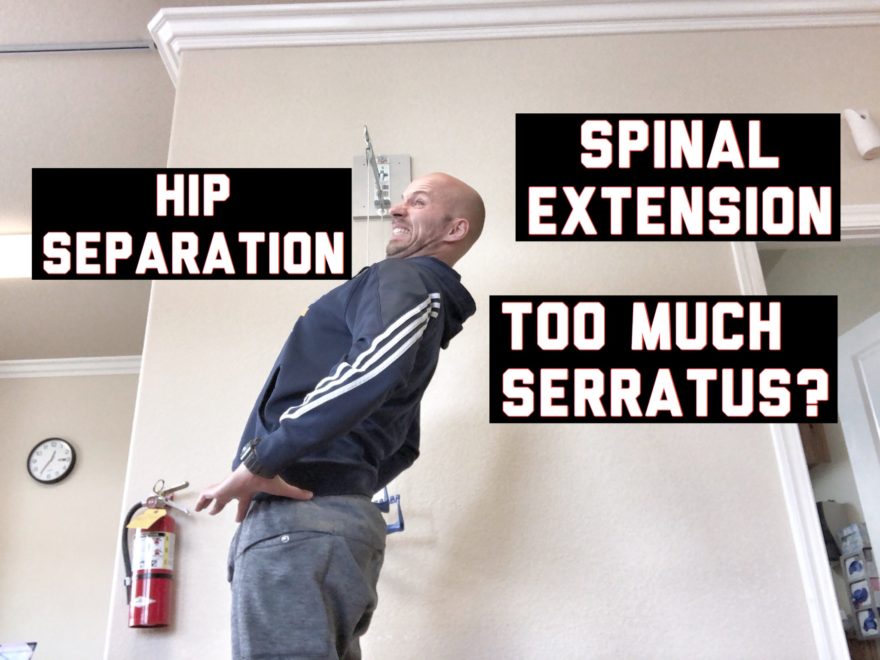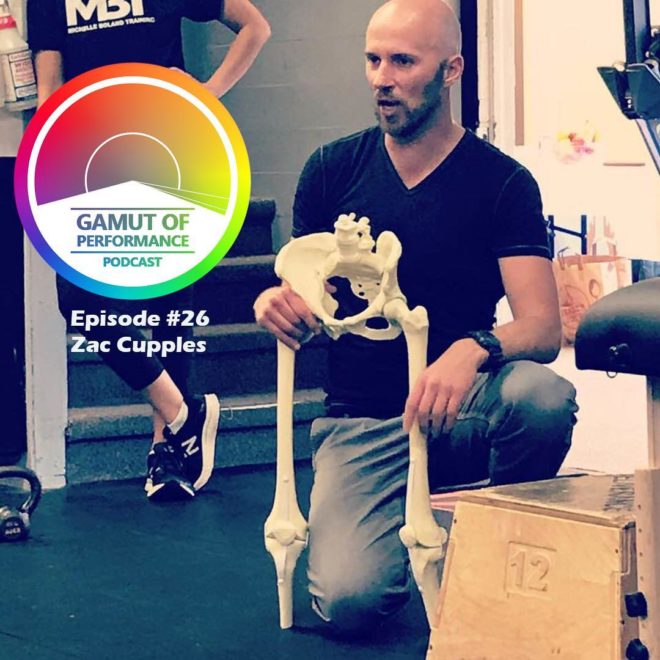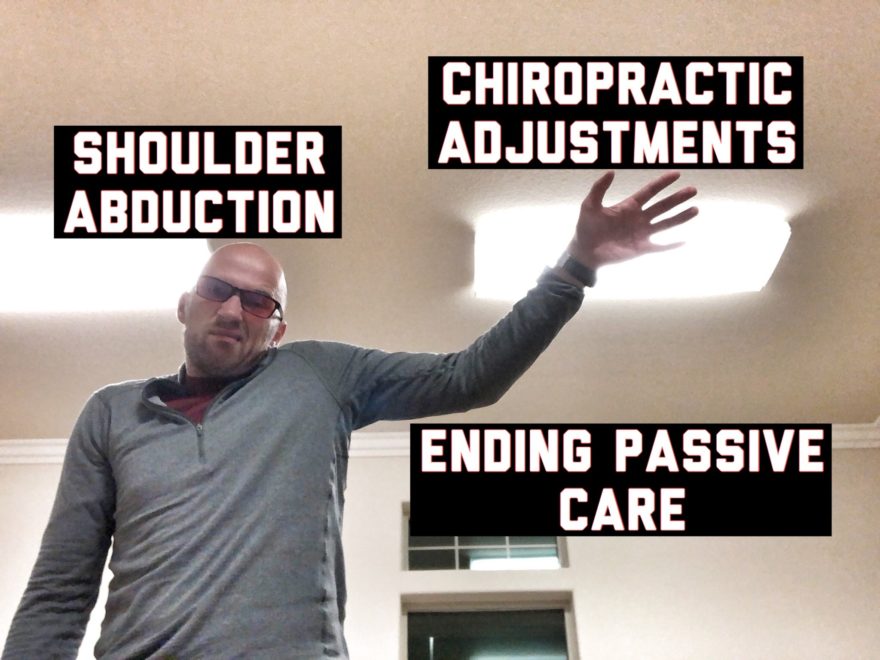Movement Debrief Episode 71 is in the books. Below is a copy of the video for your viewing pleasure, and audio if you can’t stand looking at me. Here is the set list: What breathing strategy do I advocate for lifting? How does the breathing strategy change at moderate and high intensities? Are the breathing mechanics different at high intensities vs. basic exercises? What causes hip clunking? Are there any treatments to reduce clunking? What are some common knee issues seen in most people? What qualities should be focused on to maximize knee health If you want to watch these live, add me on Facebook . They air every Wednesday at 7pm CST. Enjoy! and the audio version… Here were the links I mentioned: Check out Human Matrix promo video below Below are some testimonials for the class Want to sign up? Click on the following locations below: February 2nd-3rd, 2019, New Providence, NJ (early bird ends January 4th) SIGN UP FOR THE REVOLUTION featuring myself, Pat Davidson, and Seth Oberst February 9th-10th in Boston. MA June 8th-9th, 2019, New York, NY (early bird ends 5/10/19 at 11:55pm) August 24th-25th, 2019, Vancouver, BC (early bird ends July 26th at 11:55pm) September 21st-22nd, Raleigh, NC (early bird ends 8/23/19 at 11:55pm) Or check out this little teaser for Human Matrix home study. Best part is if you attend the live course you’ll get this bad boy for free! Here’s a signup for my newsletter to get nearly 3 hours and 50 pages of content, a
Read More